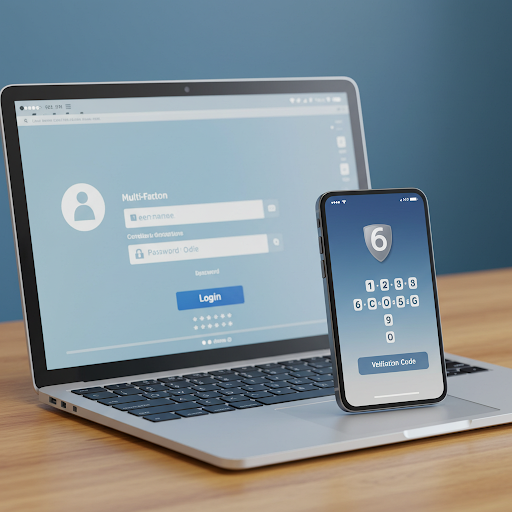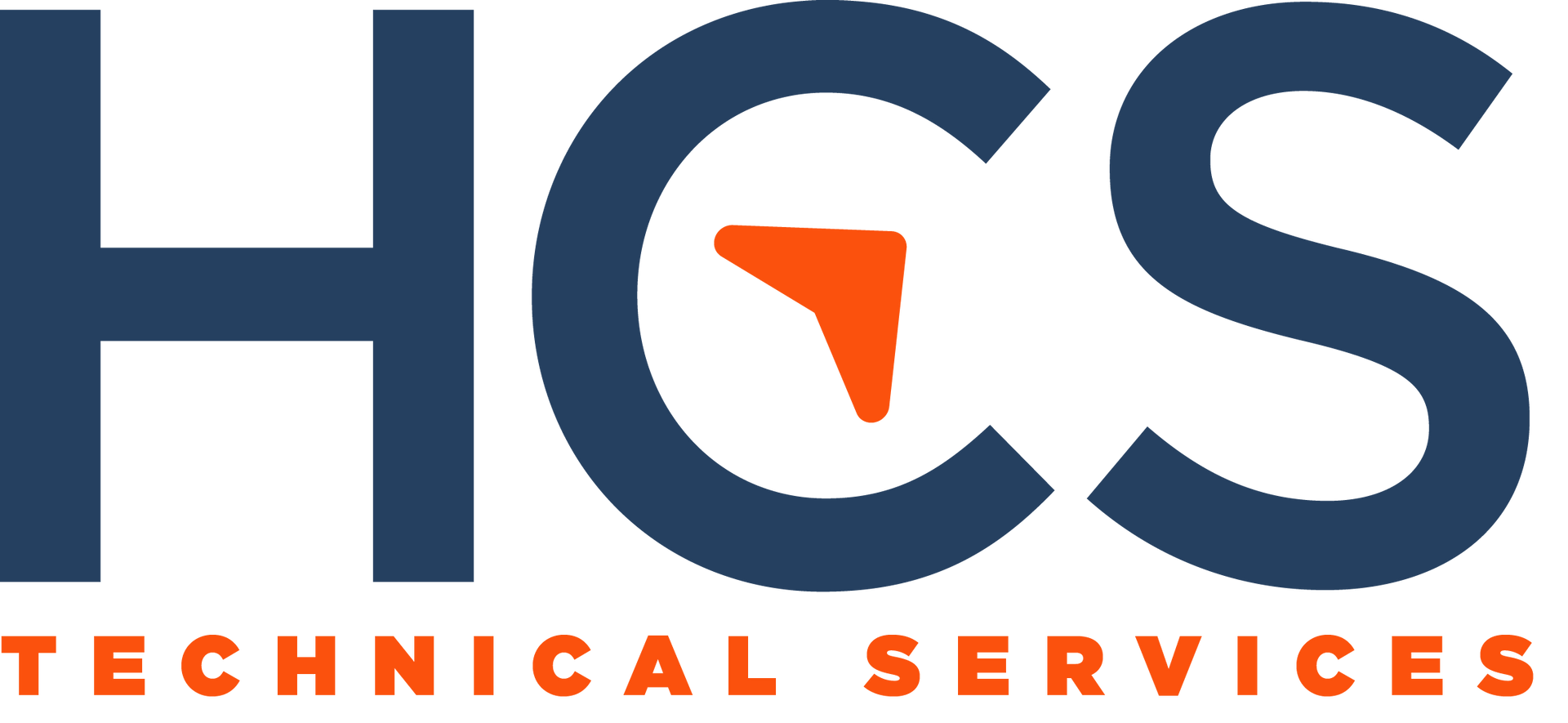What Can I Do to Protect My Business from Phishing and Social Engineering Attacks?
Fortifying Your Human Firewall: Transforming Employees from Vulnerabilities to Vigilant Defender

In the cybersecurity landscape, human error is often the weakest link. Phishing and social engineering attacks aim for this soft spot, manipulating employees into revealing sensitive information. So, what can you do to fortify your human firewall and protect your business from these insidious threats?
The Solution: Comprehensive Cybersecurity Training
The key to defending against phishing and social engineering is comprehensive cybersecurity training focused on recognizing and responding to these types of attacks. By educating your employees on the tactics used by cybercriminals and providing them with the tools to identify and report suspicious activity, you can transform them from potential vulnerabilities into a robust line of defense.
Actionable Tip: Conduct Regular Mock Phishing Tests
To ensure that your training is effective and keep your staff alert, conduct regular mock phishing tests. These simulated attacks help you evaluate your employees' ability to identify and respond to phishing attempts, and provide valuable insights into areas where additional training may be needed.
The Monumental Benefits of Cybersecurity Training
- Mitigated Risks: Educated employees can identify red flags, such as suspicious email addresses, urgent requests for sensitive information, and uncharacteristic language. This significantly reduces the risk of successful phishing attacks and keeps your business safe.
- Preserved Reputation: Falling for a phishing scam not only risks financial loss but can also tarnish your brand's reputation. By training your employees to be vigilant, you protect both your bottom line and your hard-earned reputation.
- Regulatory Compliance: Demonstrating a commitment to cybersecurity through employee training can also help you meet various industry regulations, such as HIPAA, PCI-DSS, and GDPR. This further protects your business from legal and financial repercussions.
Transform Your Employees into Human Firewalls
Your employees can either be a vulnerability or a robust line of defense against phishing and social engineering attacks. By providing them with comprehensive cybersecurity training, you empower them to become human firewalls, actively protecting your business from harm.
Get Expert Help to Develop Your Training Program
For comprehensive cybersecurity training programs tailored to your business's unique needs, consult HCS Technical Services. Their experienced team can help you develop and implement effective training that fortifies your human firewall and keeps your business secure.
Don't let phishing and social engineering attacks catch you off guard. Invest in your employees' cybersecurity knowledge and create a culture of vigilance that protects your business from even the most sophisticated threats. Start building your human firewall today.
Is your business's biggest security threat lurking right inside? Human error is often the weakest link in cybersecurity!
HCS Technical Services











